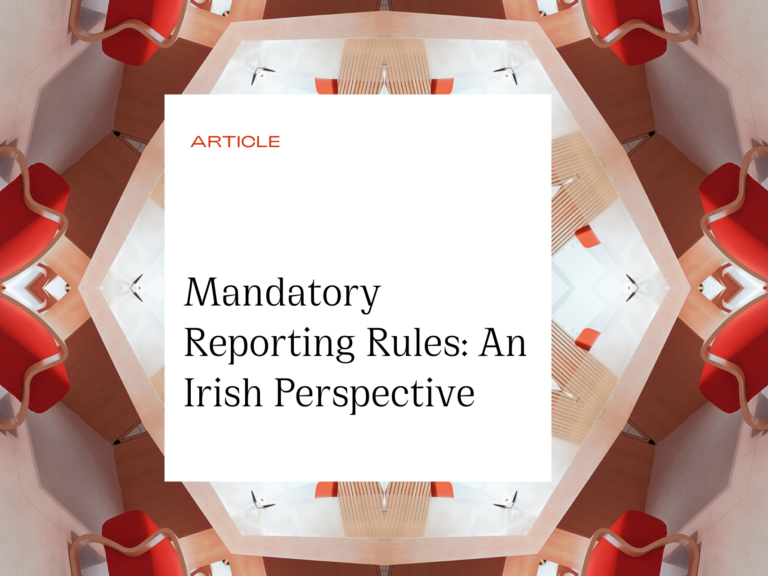
Arc of the (financial) covenant: issues for project and real estate finance
Matthew Dunn, Partner, and Ciara Buckley, Senior Associate, co-authored an article for the April edition of the Butterworths Journal of International Banking and Financial Law.
Since 2015, there has been a rising tide of “cov-lite” leveraged loans issued in Europe which do not contain maintenance financial covenants that, if included, would be tested on a quarterly or semi-annual basis. This trend has continued despite the onset of pandemic-related lockdown. In many cases, private equity borrowers have negotiated short-term waivers in relation to the requirement to test “springing” leverage financial covenants which would normally be tested for the benefit of revolving facility lenders when the relevant facility is drawn.
Outside of the leveraged finance market however, financial covenants remain a key feature of a wide range of loan financings. This article discusses the financial covenant packages used on project financings, and on real estate and development financings, together with some of the common structuring and negotiation points that arise.
Key points
- Financial covenants continue to be a key feature of real estate, development and project financings with an increased focus from lenders and borrowers on the component parts of the various ratios.
- The precise wording of each financial covenant definition (including carve-outs and assumptions) can be critical in determining whether financial covenants are met when they are tested.
- Notwithstanding the safeguards provided by financial covenants, lenders are often keen to ensure that earlier warning triggers are included in the form of cash trap covenants, and borrowers will often seek to include equity cure rights to offer breathing space.
Read the full article here.
This article first appeared in the April issue of Butterworths Journal of International Banking and Financial Law and is published here with their permission.



